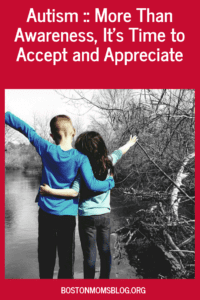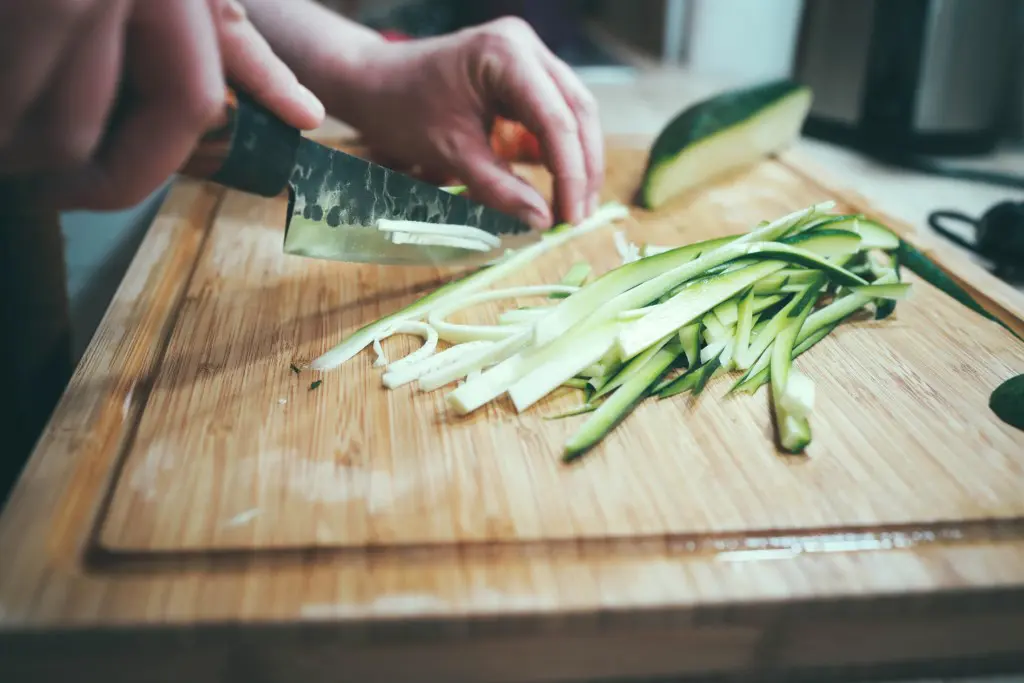
Looking at my son today, you’d never think he’d been a preemie. When he gets hangry and downs a bottle like he’s been in the Sahara Desert dying of thirst for three days, it’s hard to believe he was on a feeding tube for the first few weeks of his life. As he achieves all the standard milestones like a pro and is on an average growth track, I know we are lucky that he is healthy — and I am thankful for that.
But his month-long NICU stay elicits memories that still cause a lot of turmoil. I owe a lot to the phenomenal staff at his hospital. They gave us a crash course in NICU life, where we learned all about bilirubin levels, apnea/bradycardia spells, and kangaroo care. Not everyone talks about NICU life, but hearing others’ experiences can go a long way in adapting to the challenges of a premature baby. Here are a few of the things I took away from our experience with a preemie baby in the NICU.
Commentary can be unintentionally hurtful.
People who have never experienced having a preemie or a baby in the NICU may offer advice or words of encouragement. While typically coming from a good place, they often miss the mark. It’s fantastic that your co-worker’s sister’s neighbor had a baby born at the same time and about the same weight and that baby got to go home two days later. But that baby is not mine — my baby needed to be hospitalized. The worst was hearing, “At least you got to go home and sleep,” like we were at a Club Med resort. I still had to pump every two to three hours. Additionally, I was addled with anxiety, worry, and fear anytime I was not at the hospital with him, so sleep was always going to take a backseat.
Well wishes feel weird.
Sometimes, the arrival of a baby isn’t always under the most joyous of circumstances. Since we have close friends and immediate family spread throughout the country and abroad, posting about our son’s birth on Facebook seemed obvious. When the congratulations and well wishes started coming in, I didn’t realize the impact they would have. The most jarring thing about it was seeing and hearing all these positive words of encouragement while feeling incredibly scared. It’s hard to feel celebratory when your baby is wired up to loads of monitors and you live with a constant sense of dread over his alarms going off. A part of me wishes we had held off on announcing his arrival until the day we brought him home. That was when his father and I felt we could truly celebrate.
Embrace the silver linings.
There is nothing pleasant about the NICU. It is full of uncertainty, and progress is viewed on a day-to-day basis. The social worker in our NICU referred to any positives as silver linings, which is pretty apt. It really struck a chord with me, and I tried my best for the rest of the hospital stay and beyond to focus on the silver linings that came out of the experience: Our son was in one of the best hospitals in Boston and was in great hands. As part of the NICU discharge process, we got to learn how to perform infant CPR. When I couldn’t be at the hospital to breastfeed, he was bottle fed, so we never struggled with getting him to adjust to that for my return to work.
And just like in the NICU, any milestone he reaches or achievement he unlocks is a victory. And for that, I will always be grateful.


















 Below is a step-by-step guide on how to effectively potty train your toddler. I am an authority on this subject because I am a
Below is a step-by-step guide on how to effectively potty train your toddler. I am an authority on this subject because I am a 








